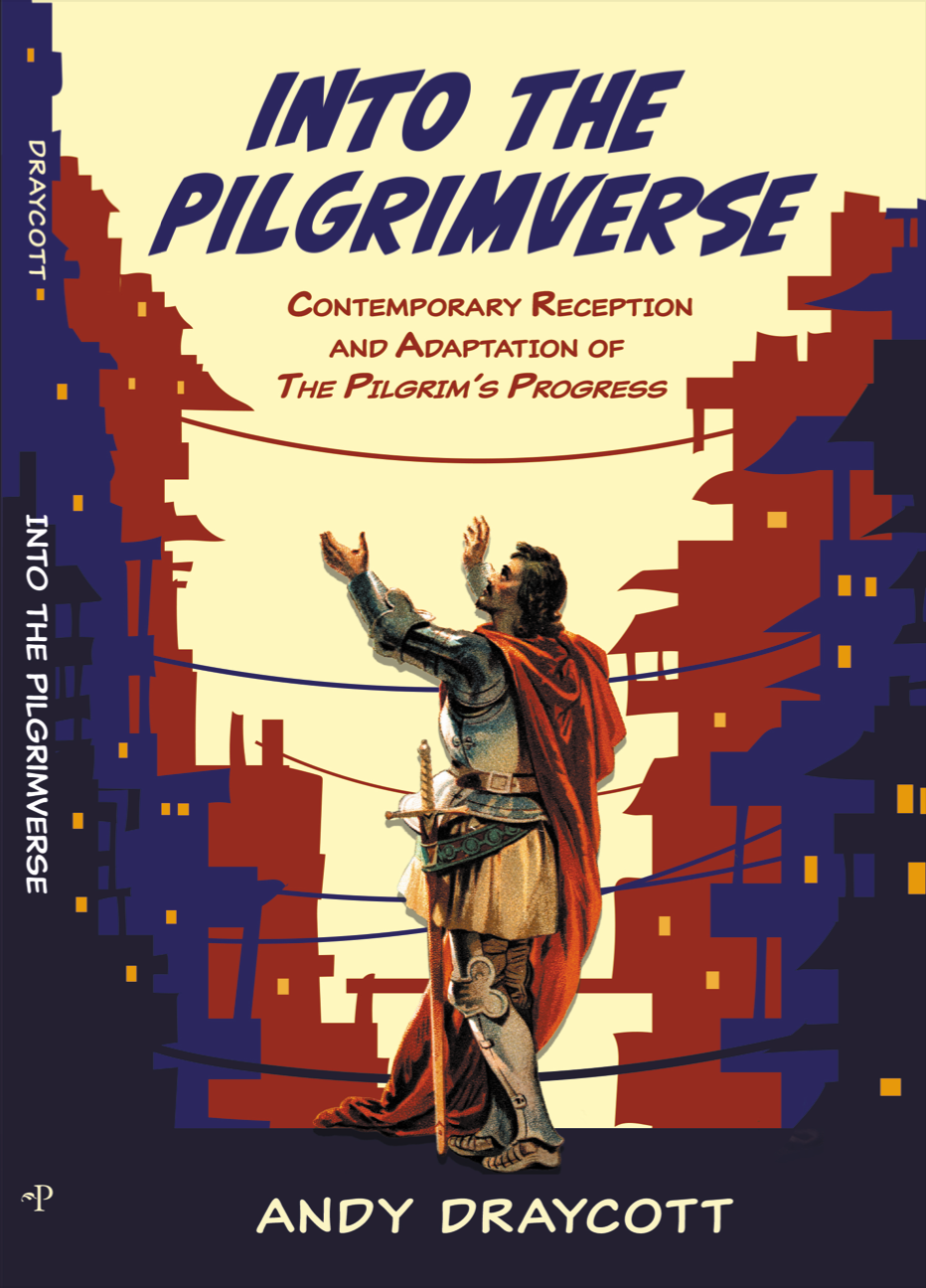Modern English Versions - Cautious Verdict, Part 1 of 2 - Goal Setting
- andydraycott7
- Feb 15, 2023
- 4 min read
Updated: Feb 21, 2023
So, what does the preceding potted survey allow in terms of a verdict on select Modern English Versions of The Pilgrim's Progress?
In order to judge a Modern English Version it's helpful to bear in mind any stated goals for the adaptation. And then consider implicit readership for whom the version is prepared.
EPBooks' text is provided by GraceGems (gracegems.org). The back cover states that '[t]his version keeps the flavour of Bunyan's original but has been gently and skilfully updated so that it is fully accessible to the twenty-first century reader.' The inside title page says, 'This edition in modern English, preserving Bunyan's original meaning, doctrine and quaintness of expression.'
Frayer-Griggs' version claims to be a 'modern-language translation...[that] being this epic journey to life.' In fact, the edition seems to be a touched up version of one previously brought out by the same publisher, Whitaker House. The Publisher's Note, on the copyright page, says: 'This edition of The Pilgrim's Progress has been updated for the modern reader. Words, expressions, and sentence structure has been revised for clarity and readability. Chapter breaks and titles have been inserted in the text where appropriate as an aid to the reader. All Scripture quotations are taken the from the King James Version of the Holy Bible.'
We've seen that both of these versions have consistently adapted Bunyan's prose the least. In many ways they are comparable, though not identical. F-G has both Parts I and II, and illustrations in a contemporary setting but an old-looking almost woodcut type vibe of white and black. The difficulty with leaving the text closest to the seventeenth century is that a name like Pickthank is left without explanation. There is scope for confusion still for a reader who does not find the prose easy enough to just can along past bits that are too hard. That is, these seem less accessible to the general reader than they claim. Someone well versed in reading older books might do fine. Youngsters might struggle - and the weakness of these versions is then that they offer no notes or glossary to help a reader out.
An arbitrary extra test looks to the fate of Hypocrisy and Formalist - and whoever took the path Destruction around Hill Difficulty. Bunyan tells us that this one ended up in a 'wide field, full of dark mountains, where he stumbled and fell.' It's a quote of a phrase from Jeremiah 13:16. It's odd to read of a field full of mountains, isn't it? F-G keeps it as is, EPBooks updates it, reversing the orientation of the obstacle, to become a 'wide field full of dark pits;' it's not what Bunyan wrote, but is easier for the reader's imagination. F-G wins the contest of fullness by including the Author's Apology (although at the end of the book), and he scores with the illustrations. If modern readers don't need the Apology, EPBooks wins the duel by virtue of this little tie-breaker.
This is an unscientific judgment for sure. If closeness to Bunyan's prose is you desire, and small tweaks will get you through - these are both good options.
It's worth pausing to think about whether a modern English version is, as F-G's Whitaker House cover blurb has it, a translation. I actually think there is a lot of truth in this claim. It helps the reader realize that any adapting is translating from the interpreter's understanding to that of the reader.
Notice that translation presumes on some degree to both incommensurability and commensurability. When the language doesn't change, except for words that are genuinely obsolete, we recognize that updating relies on the vagaries of changes in meaning and changes in expectation of lexical breadth for the target reader.
The translation is mean to facilitate the reading. So then we need to ask what kind of reading is being facilitated? If it's reading that should be drawn to notice connections to the King James Version of the Bible, we need to leave Bunyan's language intact, otherwise we make the reading more difficult by modernizing. If however, what is being facilitated is access to the story with grammatical and syntactical change, then a different approach is called for. If accessible means that it reads like any other contemporary text then it will not have features of the text like marginal comments or theatrical cues of characters' names in from of their bit of dialogue.
Tidying up Bunyan's sometimes poor grammar may help readability but it of course doesn't give the reader the original. What if the meaning is carried by the social dynamics of a text that is not produced by an educationally elite author? Then the form of expression - sometime called 'quaintness,' is to the point. Can similarly pithy equivalents be found? And if so, for how long would they be current? So, can meaning of a text be preserved when the words are adapted?

The greater adaptations are in the next three of our modern version. That's for the next post...


Thanks, Dad. The nice thing about writing here is that it doesn't have to be perfect - and I can go in and change it now, too!
Very good important points -the message more important than the medium?
Spellcheck couldn't spot - The translation is mean to facilitate .